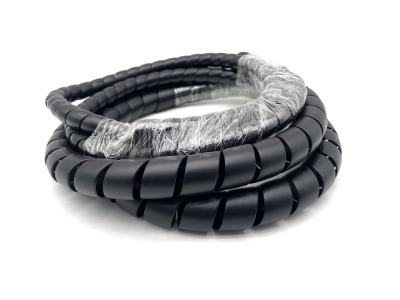down pipe connector
Understanding Down Pipe Connectors An Essential Component for Efficient Drainage
In modern plumbing and drainage systems, down pipe connectors play a pivotal role in maintaining effective water management. These connectors are vital components that link down pipes to other drainage systems, ensuring the smooth and efficient flow of rainwater and wastewater away from buildings. This article will delve into the significance of down pipe connectors, their types, installation process, and the key factors to consider when selecting the right connector for your drainage needs.
The Importance of Down Pipe Connectors
Down pipes are vertical pipes that carry rainwater from the roof of a building down to the ground or to a drainage system. However, without proper connectors, the transition between the down pipe and the drainage system may become problematic. Down pipe connectors facilitate this transition, preventing leaks, blockages, and potential water damage to the property. They ensure that rainwater is diverted away from the foundation of buildings, helping to prevent issues such as flooding and erosion.
Types of Down Pipe Connectors
Down pipe connectors come in various shapes, sizes, and materials to suit different applications. Here are some common types
1. Flexible Connectors These connectors are made from flexible materials that can accommodate slight misalignments during installation. They are ideal for situations where precision is difficult to achieve, allowing for easier adjustments post-installation.
2. Rigid Connectors Rigid connectors, usually made from PVC or metal, provide a robust and durable connection. They are ideal for straight runs and where structural integrity is paramount.
3. Adaptable Connectors These connectors are designed to connect pipes of different diameters. This feature is particularly useful in renovations or when integrating new drainage systems with existing infrastructure.
4. Elbow Connectors If changes in direction are required in the drainage system, elbow connectors are essential. They can redirect the flow of water efficiently without creating bottlenecks.
5. Traps and Sumps For some systems, traps are essential to prevent backflow and odors. Sump connectors allow for the collection of water and facilitate its movement to the drainage system.
down pipe connector

The Installation Process
Installing a down pipe connector may seem straightforward, but proper technique is vital to ensure effectiveness and longevity.
1. Assessment First, assess the existing drainage system and determine the appropriate connection points. This includes measuring the diameter and length of the down pipes.
2. Preparation Clear the area around the installation site to provide unobstructed access. Ensure that all debris and potential blockages are removed.
3. Connector Installation Cut the pipe to the correct length and attach the connector using an appropriate adhesive or mechanical fastening system. For rigid connectors, secure them tightly to avoid leaks; for flexible connectors, ensure that they are properly aligned.
4. Testing After installation, conduct a test by running water through the system to check for leaks or misalignments. Address any issues promptly.
Choosing the Right Down Pipe Connector
When selecting a down pipe connector, consider the following factors
- Material Compatibility Ensure that the connector material matches the existing pipes for optimal compatibility and performance. - Size and Shape Choose connectors that are suitable for the diameter and type of down pipe you are using. - Environment Consider environmental factors, such as exposure to extreme weather or chemicals, when selecting materials. - Regulations Be aware of local plumbing codes and regulations, as they can dictate specific requirements for drainage systems.
Conclusion
Down pipe connectors are essential components of effective drainage systems. By understanding their types, installation techniques, and selection criteria, homeowners and builders can ensure that their drainage systems function optimally. Proper installation and maintenance of down pipe connectors will help protect properties from water damage and maintain the integrity of drainage systems for years to come.
-
Ultimate Spiral Protection for Hoses & CablesNewsJun.26,2025
-
The Ultimate Quick-Connect Solutions for Every NeedNewsJun.26,2025
-
SAE J1401 Brake Hose: Reliable Choice for Safe BrakingNewsJun.26,2025
-
Reliable J2064 A/C Hoses for Real-World Cooling NeedsNewsJun.26,2025
-
Heavy-Duty Sewer Jetting Hoses Built to LastNewsJun.26,2025
-
Fix Power Steering Tube Leaks Fast – Durable & Affordable SolutionNewsJun.26,2025

